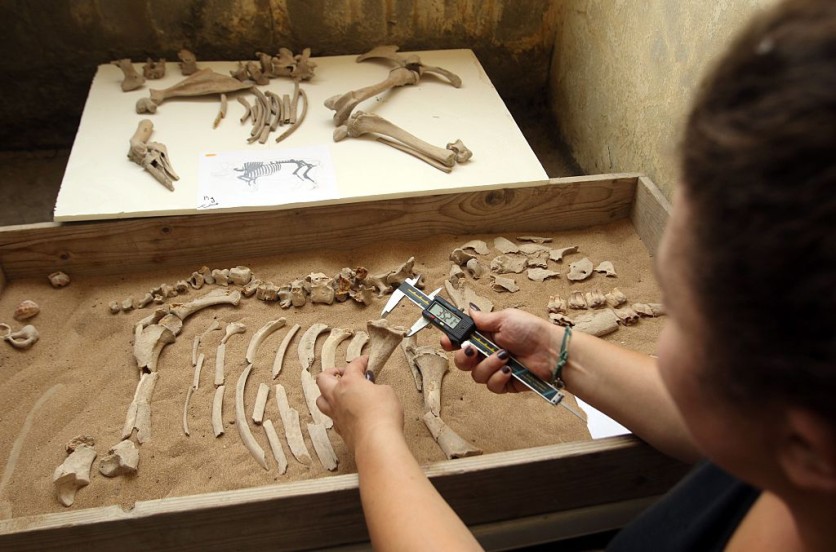Archaeologists at the Casas del Turuñuelo site in southwestern Spain have uncovered compelling evidence of ritualized animal sacrifice, ultimately unveiling a captivating glimpse into the mystique of Iron Age rituals.
According to Phys.org, the multidisciplinary study sheds light on the repeated use of the Casas del Turuñuelo site for ritualized animal sacrifices during the Iron Age, particularly toward the end of the 5th Century BCE.

6,770 Bones From 52 Sacrificed Animals Found in Spain
This discovery is noteworthy as archaeological sites with evidence of major animal sacrifices from the Iron Age in the Mediterranean region are rare, creating a gap between historical records and the archaeological evidence.
The newfound insights from Casas del Turuñuelo help bridge this gap, providing a clearer understanding of the patterns and protocols associated with this ancient practice.
The researchers meticulously examined and dated 6,770 bones from 52 sacrificed animals, primarily adult horses, alongside smaller numbers of cattle, pigs, and one dog. The bones were buried in three sequential phases, revealing an intriguing evolution in the sacrificial rituals conducted at the site.
During the initial two phases, the skeletons were predominantly complete and unaltered. However, in the third phase, except for equids (horses), the skeletons exhibited signs of processing for food, suggesting a culinary aspect accompanying the ritual.
That indicates that the site was utilized repeatedly over several years for sacrificial ceremonies that varied in their practices and purposes, according to the researchers.
Read Also : Archaeologists Say Indonesia's Ancient Structure Could Be World's Oldest Pyramid Built by Human Hands
Mass Animal Sacrifices
The findings offer valuable insights into the ritual protocols practiced at Casas del Turuñuelo, emphasizing the intentional selection of adult animals over young ones. The presence of burned plants and remains of animals underscores the importance of fire in these rituals.
Notably, Casas del Turuñuelo presents distinctive features, such as an unusually high abundance of sacrificed horses, setting it apart from other archaeological sites.
The study's authors said: "This study highlights the role of mass animal sacrifices in the context of Iron Age European societies. Zooarchaeological, taphonomic, and microstratigraphic investigations shed light on animal sacrifice practices and the Tartessian ritual behavior at the Iron Age site of Casas del Turuñuelo (Badajoz, Spain)."
Overall, this discovery not only contributes to a better understanding of ritual animal sacrifices in Iron Age Europe but also showcases the unique aspects of the Casas del Turuñuelo site, enriching people's knowledge of ancient societies and their cultural practices.
The study was led by Mª Pilar Iborra Eres from the Institut Valencià de Conservació, Restauració i Investigació, Spain, and Sebastián Celestino Pérez from Consejo Superior de Investigaciones Científicas, Spain.
The findings of the team were further detailed in PLoS ONE.
Related Article : 2,000-Year-Old Cave Art May Suggest that Ice Age Hunter-Gatherers Were the First to Use a Calendar - New Study

ⓒ 2025 TECHTIMES.com All rights reserved. Do not reproduce without permission.




